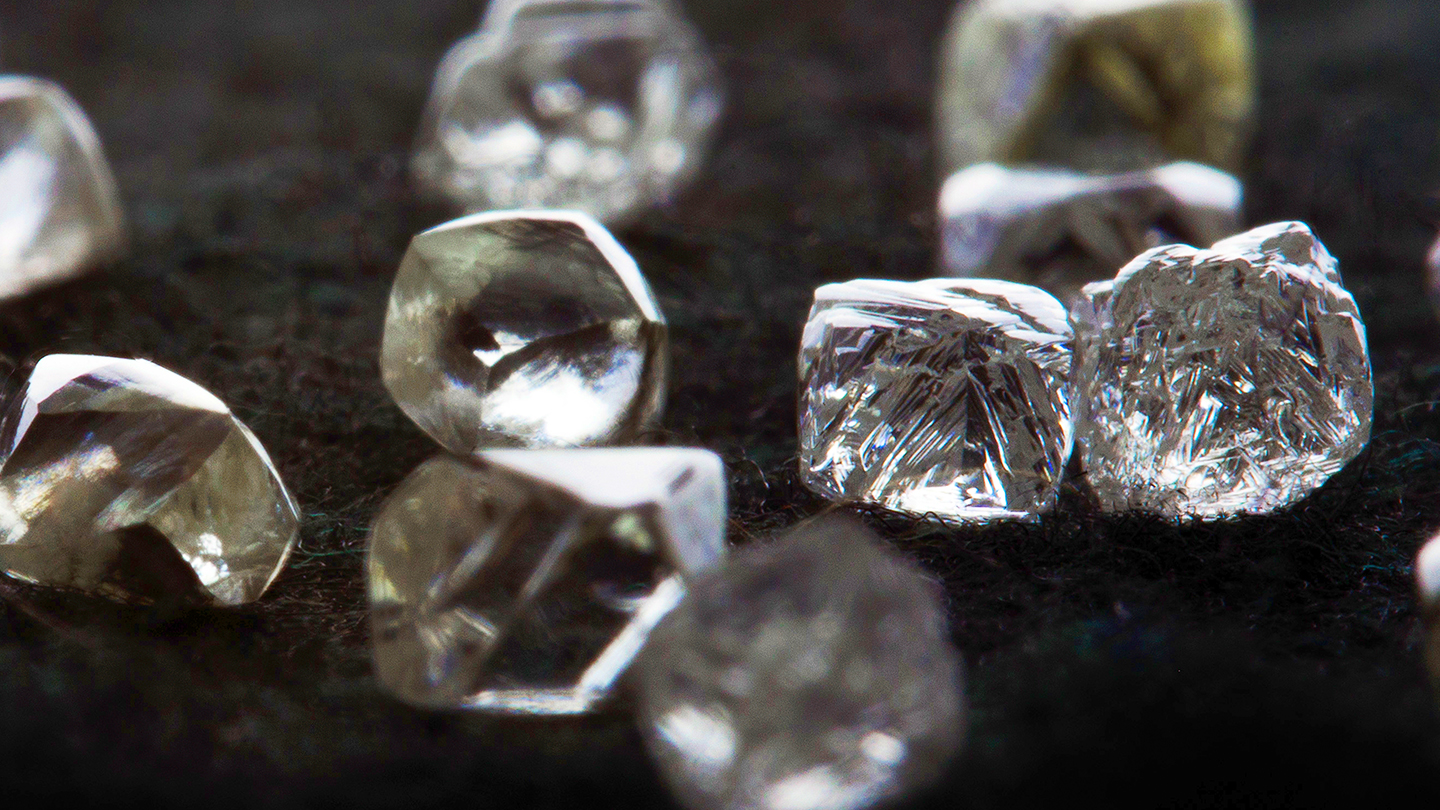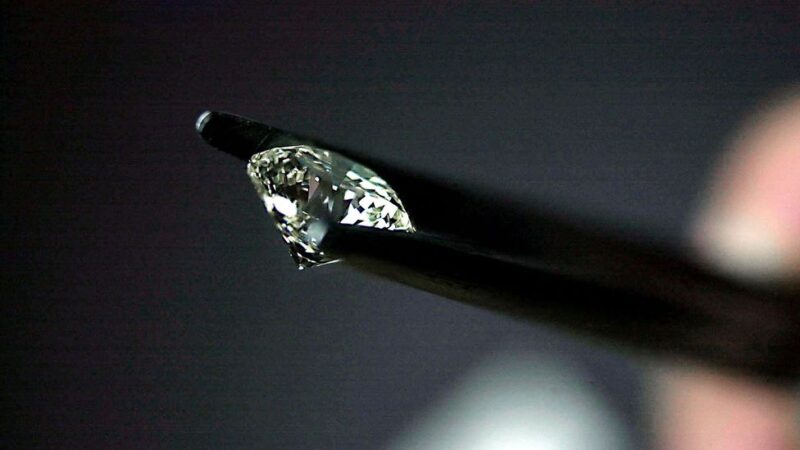Lab grown diamonds are quickly becoming a popular choice for those looking to purchase an ethically sourced diamond. With the technology used to create these stones, they can be produced in a matter of weeks and at lower costs than mined diamonds.
Not only do lab-grown diamonds provide environmental benefits such as avoiding potential damage caused by mining operations, but they also offer consumers more options when it comes to size, color, shape and clarity. As the industry moves forward into the future, it is clear that lab-grown diamonds will play an important role in reshaping how we think about sourcing our precious gems.
1. The Benefits of Lab-Grown Diamonds
Lab Grown Diamonds are the future of the diamond industry, offering numerous benefits over traditional mined diamonds. Man made diamonds are created in a laboratory environment by replicating the conditions that occur during natural diamond formation.
They have similar physical and chemical properties to mined diamonds, but cost up to 40% less due to not having associated mining costs. Additionally, lab-grown diamonds are more ethically sourced than their traditionally-mined counterparts as they do not require conflict minerals or labor exploitation often found in mining operations.
Furthermore, lab-grown diamonds can be produced quickly and with greater control over size and color than those found in nature; this offers jewelers options when creating unique pieces without sacrificing quality or beauty of the stones used. With all these advantages it’s no surprise that Lab Grown Diamonds have become increasingly popular within the jewelry industry – paving a new way forward for sustainable and ethical sourcing of precious gems.
2. How Lab-Grown Diamonds are Changing the Industry

Lab-grown diamonds have the potential to revolutionize the diamond industry. In addition to being more ethically sourced and cost-effective than mined diamonds, they offer consumers greater choice in terms of size, color, and shape – meaning jewelers can create one-of-a-kind pieces without sacrificing quality or beauty of the stones used.
Furthermore, advances in technology now make it possible for companies to produce higher-quality lab-created gems at competitive prices; this opens up new opportunities for designers who are seeking unique pieces that stand out from traditionally mined diamonds.
As prices continue to drop on these manmade alternatives and consumer trust continues to increase, it seems likely that lab-grown diamonds will become an even bigger part of the diamond industry in years ahead – ushering in a new era where sustainability is key and ethical sourcing is commonplace.
3. Exploring the Potential of Lab-Grown Diamonds
The potential of lab grown diamonds is truly exciting. As more and more companies invest heavily in research and development, the quality of these man-made gems continues to improve while prices remain competitive. This opens up new opportunities for jewelers looking to create unique pieces that stand out from traditional mined diamonds – without sacrificing the quality or beauty of the stones used.
Additionally, lab-grown diamonds offer consumers greater choice in terms of size, color and shape; meaning they can purchase a stone that perfectly suits their taste and budget. In both fashion jewelry as well as high-end engagement rings, lab created options are becoming increasingly popular due to their ethical sourcing credentials combined with stunning aesthetics – making them a viable option for those who want something special but don’t want to compromise on ethics or price.
With all this potential ahead, it seems clear that lab grown diamonds will play an important role in reshaping how we think about sourcing our precious gems going forward into the future.
4. Understanding the Differences Between Natural and Lab Grown Diamonds

Lab-grown diamonds are becoming increasingly popular in the diamond industry, as they offer many advantages over natural diamonds. Lab grown diamonds are created in a laboratory environment and contain the same physical and chemical properties as natural mined diamonds.
However, due to their artificial origin, lab grown diamonds tend to be less expensive than traditionally mined stones. Furthermore, since no mining is involved with the production of lab-created stones, there’s no environmental impact associated with them. Finally, lab-grown diamonds come in a wide variety of shapes and colors that can often be more difficult or even impossible to find among naturally occurring gems.
This makes them an attractive option for consumers looking for something unique and one-of-a-kind. As technology continues to improve and prices continue to drop on these manmade alternatives to traditional gems, it seems likely that lab-created diamonds will become an even bigger part of the diamond industry in years ahead – making them a potential future leader within this multi-billion dollar market!
5. Challenges Faced by the Adoption of Lab-Grown Diamonds
The adoption of lab-grown diamonds has presented a number of challenges to the diamond industry. Firstly, there is the challenge of consumer acceptance – while some consumers have already embraced lab-grown diamonds as an ethical and cost-effective alternative to mined diamonds, others remain sceptical due to their unfamiliarity with them. Additionally, many traditional diamond retailers are reluctant to embrace lab-grown alternatives due to concerns over pricing and market saturation.
Furthermore, current regulations have made it difficult for companies producing lab-grown diamonds to easily obtain certification from leading gemological bodies such as the Gemological Institute of America (GIA). Lastly, supply chain issues present further difficulties in terms of traceability – since most laboratory-produced stones originate from multiple sources making it hard for buyers and sellers alike to track their origin.
Despite these challenges however, there is no denying that advances in technology are playing an increasingly important role in shaping the future of the diamond industry -with more companies investing heavily in research and development efforts towards producing higher quality lab-grown gems at competitive prices.



